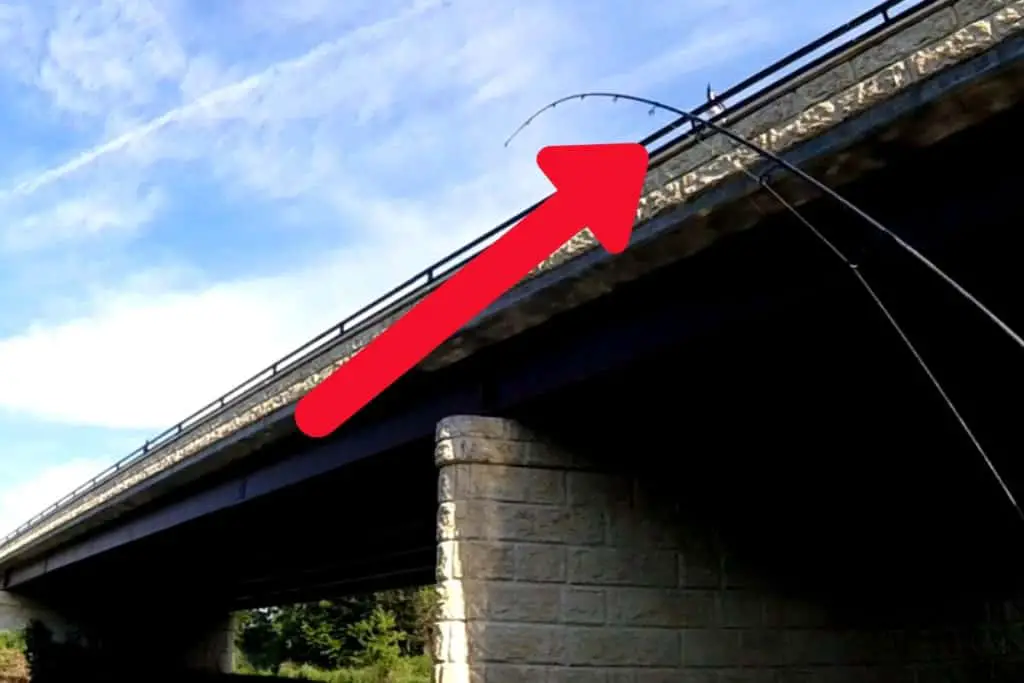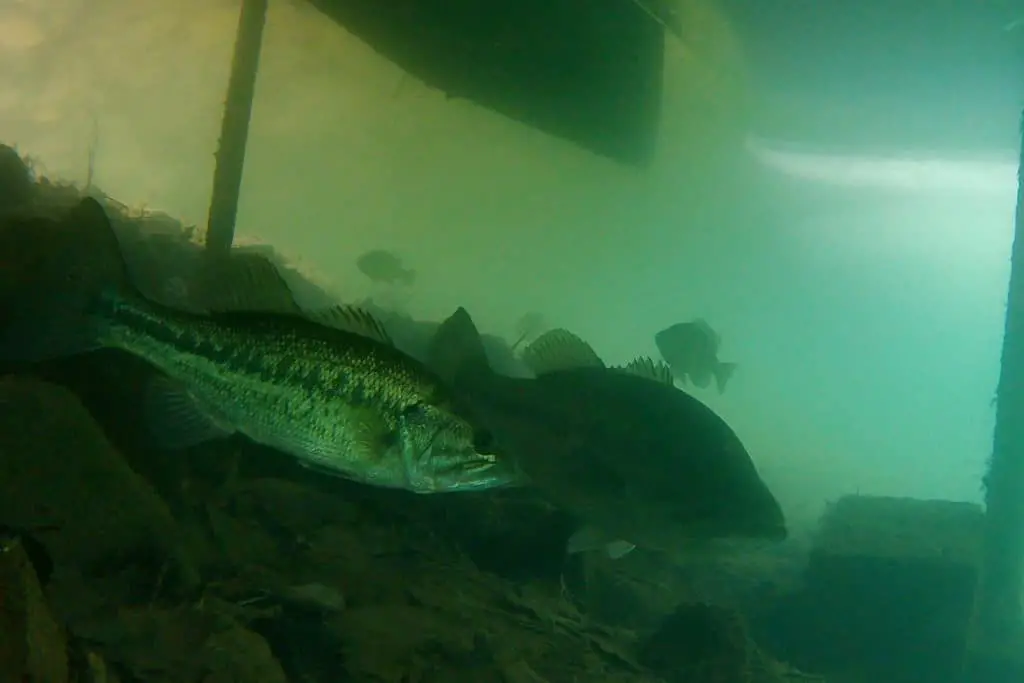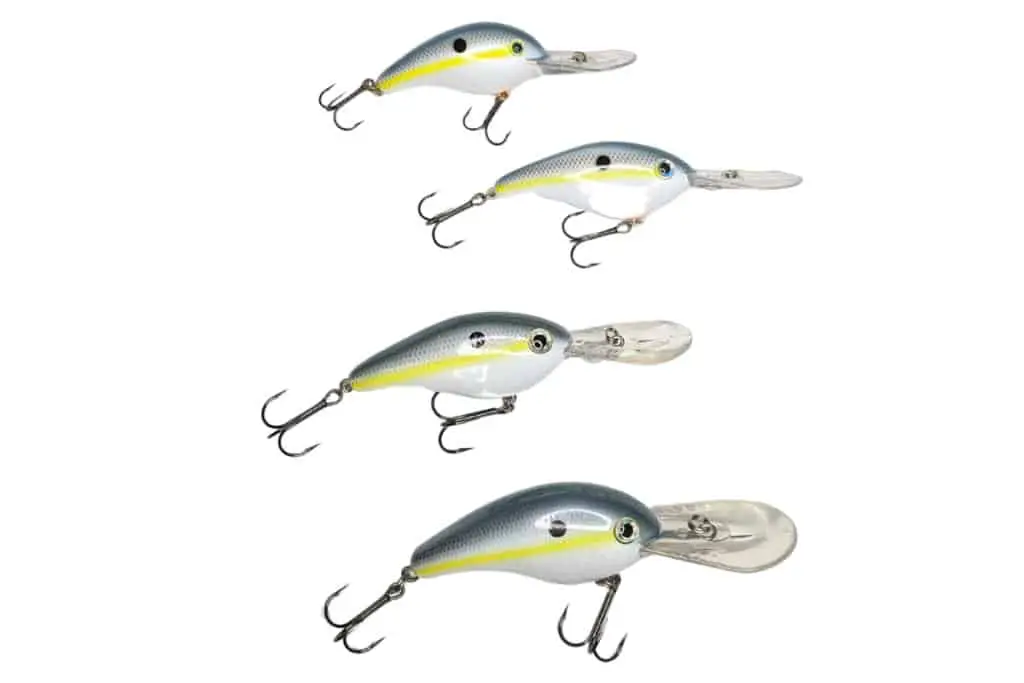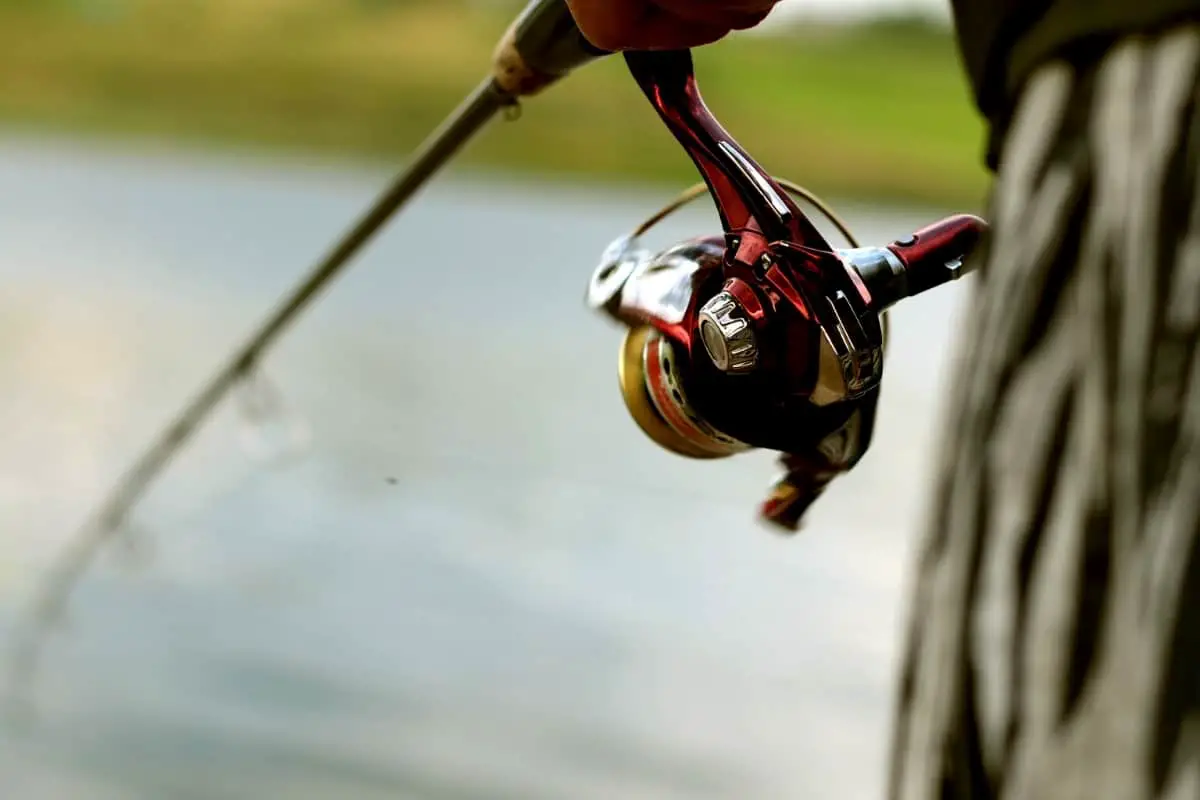When a new bass angler walks into their local tackle shop, or browses the Internet for a fishing rod, a sense of confusion and frustration can take over.
There are thousands, and I mean literally thousands, of combinations of rods and reels for the budding bass enthusiast.
Beginning bass anglers will be well served by a medium-heavy power rated spinning rod with a fast action. Many rod manufacturers offer a rod that will be perfect for new bass anglers that range from $49-$99.
Bass fishing has many different lures and presentations that are at the disposal of anglers. A spinning rod with the above-mentioned specs will be well suited for a variety of tasks until the angler’s passion for the sport leads them to purchase additional technique specific equipment.
The Best Rod Choice for the Widest Range of Techniques
To understand why a medium-heavy power rated spinning rod with a fast action is a great choice for anglers wanting to try their hand at bass fishing, we first need to have a quick discussion of what the terms mean.

Power-Rating
The simplest definition is to say that power-rating is the amount of backbone that a rod has.
Action
The term action refers to how fast the backbone of the rod kicks in. An extra-fast action will have very little flex in the tip of the rod and get to the backbone quickly. A medium action rod will have much more flex before the power of the rod takes over.
Why Power-Rating and Action Matter in Rod Selection
If there were only one lure to catch bass with and only one place in the water that bass hide, then all of us could use only one rod forever.
For new bass anglers, it is easiest to use the “tool” analogy.
Mechanics have different tools for different tasks when working on a car. Rods and reels for bass fishing can be thought of in the same manner. The only difference is that in fishing, it is very normal to start our angling adventures with one rod-and-reel combo.

Why a Medium-Heavy Power Rating and Fast Action for a First Rod Choice
I have found this combination of power and action to be the most versatile across a variety of applications.
It has the power to wrestle bass out of thicker places yet still holds enough give to work smaller, finesse-type lures. Another way to think about it is like this – a medium-heavy power rated rod fits nicely in the middle.
It is positioned close to the heavy duty workhorses and the more subtle options. A rod with this power-rating has the broadest range of possible applications. A limber medium power rated rod will likely never pull a big bass out of emergent vegetation and a heavy power rated rod will keep ripping the lure right out of the mouth of a drop shot fish.
Let me explain when an angler might use each of the different power-rated rods.
Heavy or Extra-Heavy Power Rating Rod Applications
Bass love to bury themselves deep in thick cover. This could be a gnarly brushpile, under the canopy of lily pads, or amongst a thick stand of hydrilla.
When a bass is buried up in this type of hiding place an angler needs to get that fish out of the cover immediately after the hookset.
A rod with a heavy or extra-heavy power rating has little flex and turns the head of the bass instantly. This gets the fish coming to the angler without the bass pulling deeper into the cover.
The fast or extra fast action often paired with a rod of this power-rating is a key part of this scenario as well.
Lures Paired with Heavy or Extra-Heavy Power Ratings
Thick cover lures include offerings such as jigs, hollow-body frogs and Texas-rigged soft plastics.
The variety of styles of the above-mentioned bass fishing lures is vast, but the purpose is the same – to wrestle bass out of the thickest and nastiest places they can hide.
Medium-Heavy Power Rating Rod Applications
A rod with this power rating takes a little longer to get to the backbone.
I like to use this power rating when fishing cover that is not as thick. Good examples would be a single laydown tree, sparse vegetation, rip-rap, or more open water bottom-bouncing presentations – like dragging a jig.
This power rating, while not ideal, can also be used for swimming lures. Things like a swim jig, soft jerkbait, swimbait, and even a variety of topwaters.

Medium Power Rated Rod Applications
Rods with this power rating are often used for presentations that involve crankbaits and finesse applications.
Crankbaits, because of their treble hooks, require more give on the hookset. The goal is to maintain pressure while the trebles “grab” the fish. Treble hooks are less likely to penetrate the lip of the fish as much as a single hook point.
Finesse presentations include methods like drop-shotting, using a Ned Rig, Shaky Head and a host of others. These presentations are often used on days when the bite is tough and the lures are often small and lightweight.
Why a Spinning Reel over a Baitcast Reel for New Bass Anglers?
A spinning reel is much more forgiving and the learning curve is vastly smaller than a baitcast reel.
While most die-hard bass anglers use baitcast reels for thick cover and man-handling bass into the boat, a spinning reel will give a new angler plenty of success paired with a medium-heavy rod.
If the bass bug bites hard and new anglers are eager to keep advancing their skills, then baitcast reels paired with heavier rods will offer much more winching power.
Final Thoughts
As you grow as a bass angler, the selection of rods and reels that you own will expand. More specific tools for more specific applications will become the norm.
Until that point, a medium-heavy power rated rod with a fast action will cover a range of presentations.
Tight lines. Be safe out there and make sure to encourage someone today. You never know how you may change their life forever.
Isaiah 6:8

